Jet lag can turn your dream vacation into a foggy, exhausted blur. I’ve crossed enough time zones to know that feeling—wide awake at 3 AM while everyone else is sound asleep.
It’s frustrating, right? But with the right approach, you can avoid it.
The most effective way to beat jet lag is to jump straight into your destination’s schedule and stay awake until a normal local bedtime that first day. That means pushing through the afternoon drowsiness after you land in Europe.
Get outside, breathe some fresh air, walk a bit, and soak up daylight. Your body clock loves those natural cues.
Before you even get on the plane, prep work matters. Drink plenty of water, skip the in-flight booze, and try to sleep on overnight flights to Europe.
Your body will thank you when you arrive with just enough energy to power through that crucial first day—no naps to mess up your adjustment.
Key Takeaways
- Adapt to local time right away and stay awake until evening, even if you’re dragging.
- Get as much daylight and physical activity as you can on day one to reset your body clock.
- Stay hydrated before and during flights, and skip the alcohol to minimize jet lag.
Understanding Jet Lag and Its Causes
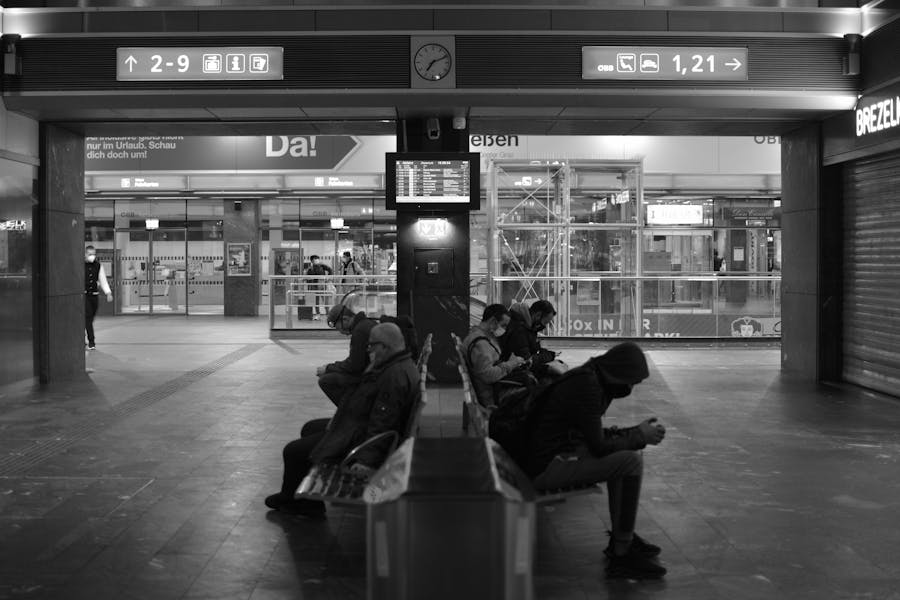
Jet lag happens when your internal clock gets confused after you cross multiple time zones. Your body expects one schedule, but suddenly it’s in a totally different one.
Millions of travelers deal with this each year. The symptoms can really put a damper on your trip.
What Is Jet Lag?
Jet lag is a temporary sleep disorder that hits when you travel across several time zones quickly. Your body’s just responding to a sudden change in your routine.
When you fly from New York to Paris, your body might think it’s 2 AM, but locally it’s actually 8 AM.
This mismatch messes with your sleep, eating, and even how your body temperature changes during the day. Jet lag isn’t just being tired after a long flight—it’s your body’s timing getting thrown off.
Most people need about a day to adjust for each time zone crossed. So, if you cross six zones, you might need nearly a week to feel normal again.
How Time Zones Affect Your Body
Time zones standardize time across the world’s regions. Each one’s about an hour apart, with 24 main zones.
When you jump across several zones quickly, your body can’t keep up. You’ll notice your:
- Sleep-wake cycle
- Meal timing
- Hormone production
- Body temperature
all get thrown out of whack.
The direction you travel matters too. Flying east (like US to Europe) usually hits harder than going west. That’s because traveling east shortens your day, and your body doesn’t love adjusting to a shorter day.
The Role of Circadian Rhythm
Your circadian rhythm is your body’s internal 24-hour clock. It tells you when to feel sleepy, hungry, or alert.
This clock mainly responds to light and dark.
When you cross time zones, your circadian rhythm stays on your home schedule, but the world outside is on a new one. Your body churns out melatonin (to make you sleepy) and cortisol (to wake you up) at the wrong times.
Light is a huge factor in resetting your rhythm. Morning sunlight at your new location signals your body to wake up, and darkness tells it to sleep. That’s why getting outside in the morning after arrival is such a big deal.
Common Symptoms of Jet Lag
Jet lag hits everyone differently, but most people get a mix of these:
Physical symptoms:
- Daytime fatigue and sleepiness
- Trouble falling asleep at night
- Waking up too early
- Crummy sleep quality
- Digestive issues (constipation or diarrhea)
- Headaches
Mental symptoms:
- Trouble concentrating
- Memory slips
- Mood swings or irritability
- Just feeling “off”
These symptoms usually last a few days, but after a really long flight, they can stick around longer. Older adults often feel it more and may need extra time to bounce back.
Your health, stress, and sleep habits before travel can also affect how rough jet lag feels.
Pre-Trip Preparation
Getting ready for international travel days ahead of your departure can make a big difference. The right prep helps your body adapt to a new time zone faster.
Adjusting Your Sleep Schedule in Advance

Start shifting your sleep schedule about a week before your trip. If you’re heading east, try going to bed 30 minutes earlier each night.
For westbound travel, stay up a little later each evening. This gradual change helps your body clock start adapting before you even leave.
Changing your wake-up time helps too. Set your alarm for earlier or later, depending on where you’re headed.
Limit screen time before bed while you adjust—blue light messes with your melatonin.
Sunlight matters a ton! For eastbound trips, get morning light. For westbound, seek out evening light. Your body’s clock really listens to these cues.
Planning Flight Times Strategically
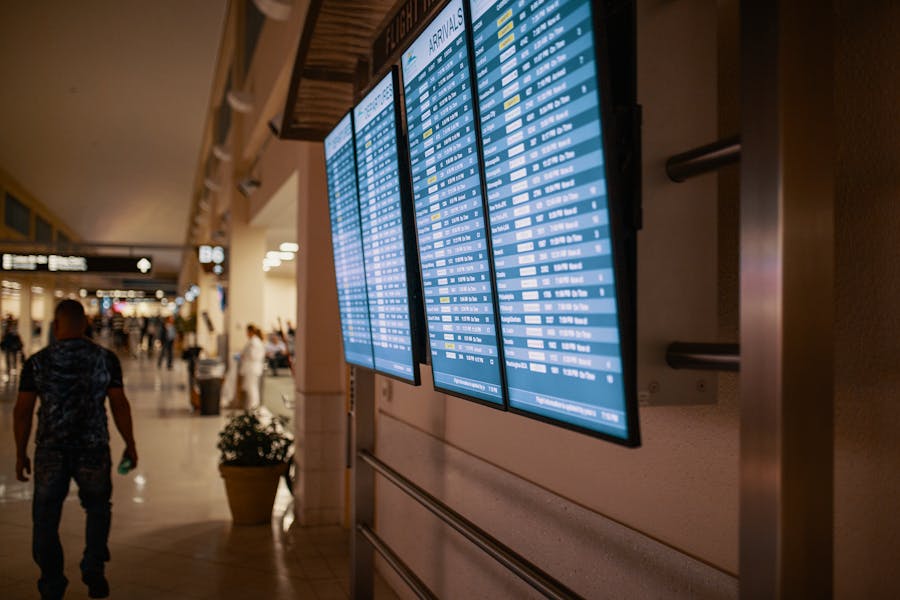
Pick flight times that fit your jet lag plan. For eastbound trips, go for afternoon or evening departures if you can.
That way, you can eat dinner and try to sleep on the plane, landing in the morning at your destination.
For westbound flights, morning departures are usually best. You’ll get there in the evening, making it easier to go to bed at a normal hour.
Consider a stopover for really long trips. Breaking up a 14+ hour flight lets your body adjust more gradually.
And hey, check if there’s a better option! Sometimes spending a little more for a flight with better timing saves you days of grogginess.
Packing Essentials for Jet Lag Prevention
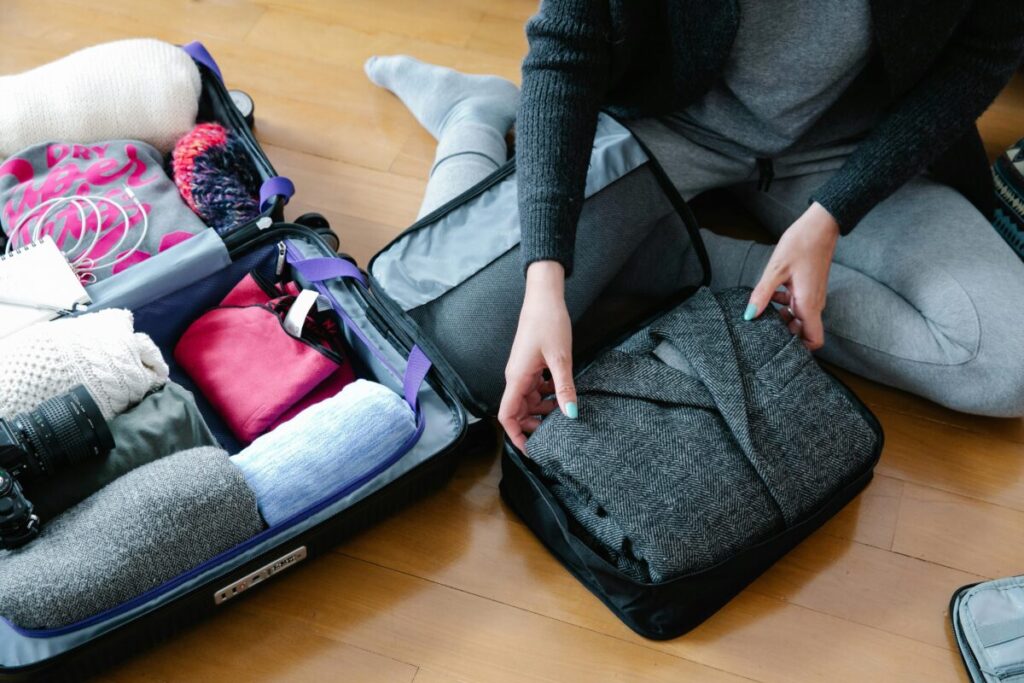
Put together a comfort kit just for beating jet lag. Toss in a decent eye mask (the contoured kind is best), earplugs or noise-canceling headphones, and a neck pillow that actually works for you.
Bring an eSIM for your phone so you can stay connected easily. Having data helps you check sunrise times and find local parks for that crucial sunlight.
Melatonin supplements can help if you use them (just check with your doctor first). I like to pack lavender oil too—a few drops on the pillow can signal your brain it’s time to sleep.
Compression socks are a must for long flights to keep swelling down and your circulation up.
Healthy snacks are a lifesaver when airline food isn’t on your schedule.
In-Flight Strategies to Prevent Jet Lag
What you do on the flight really affects how you feel when you land. Smart hydration, food choices, and managing your sleep schedule can help your body adjust faster.
Staying Hydrated During Your Flight

Drinking enough water is probably the easiest way to fight jet lag. Airplane cabins are super dry—humidity’s often under 20%. That’ll dehydrate you fast, and dehydration makes jet lag worse.
I always board with a full 1-liter water bottle and ask flight attendants for refills. Try to drink at least 8 ounces every hour you’re in the air.
Skip salty snacks—they just make you thirstier. If you can, grab fruits or veggies with high water content.
Don’t wait until you’re thirsty to drink. By then, you’re already behind! I sometimes set a timer to remind myself to sip regularly.
Managing Caffeine and Alcohol Intake
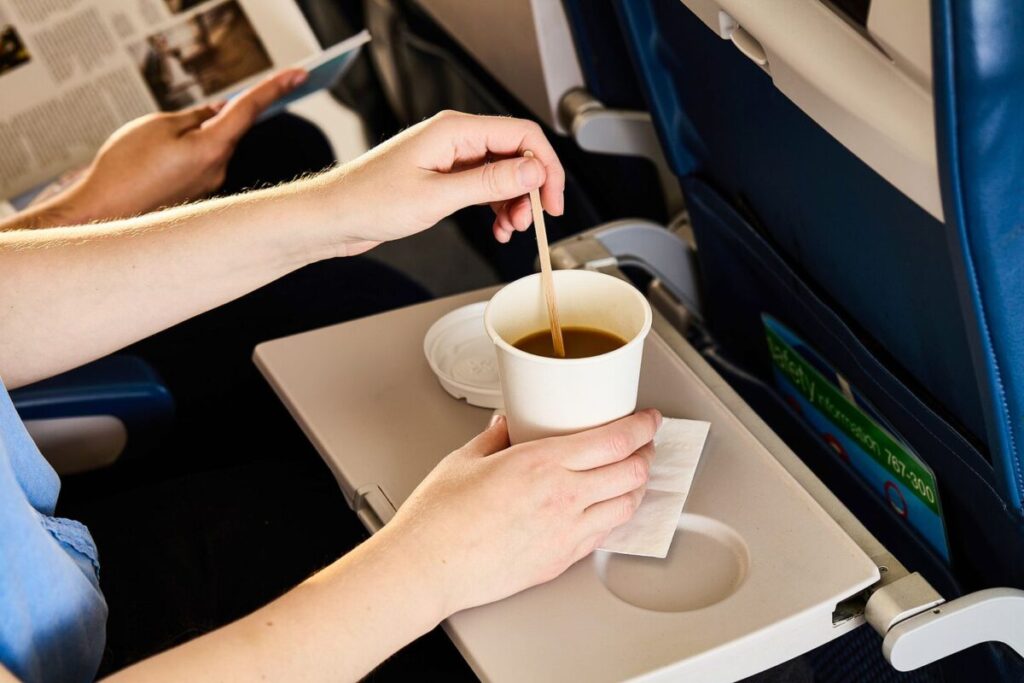
Free drinks on international flights are tempting, but alcohol is jet lag’s best friend. It messes with your sleep and dehydrates you, making it harder to adjust.
If you really want a drink, stick to one glass early in the flight and chase it with water.
With caffeine, timing is everything. If you’re flying east, avoid it 6-8 hours before local bedtime at your destination.
Flying west? A cup of coffee can help you stay awake longer to match the new time zone.
Herbal teas like chamomile are a great way to relax without the downsides of alcohol or caffeine.
Setting Your Watch to the Destination’s Local Time
Start thinking in your destination’s time zone as soon as you board. Change your watch or phone right away.
Plan your activities based on the new time. If it’s night where you’re headed, try to sleep. If it’s daytime, stay awake.
An eye mask and earplugs or noise-canceling headphones help block out distractions if you need to sleep.
Some people like using a time zone app that shows both your origin and destination times. It’s handy for visualizing your adjustment.
Sleep Techniques While Traveling
Getting decent sleep during your trip is one of the best ways to fight jet lag. Good sleep strategies help your body adjust faster and leave you feeling way better when you arrive.
How to Sleep on the Plane

Sleeping on planes is tough, but sometimes you just have to do it. Grab a window seat if you can—it gives you something to lean against and control over the shade.
Bring a travel pillow, eye mask, and noise-canceling headphones or earplugs. Make your own little sleep bubble.
Wear comfy layers so you can adjust to whatever temperature the cabin throws at you. I swear by compression socks for long flights—they really help.
Time your sleep to match your destination’s night. If you’re headed to Europe, try to sleep when it’s nighttime there.
Skip the alcohol and caffeine before and during your flight. Sure, wine might make you drowsy, but it wrecks your deep sleep and dries you out.
Using Melatonin and Other Sleep Aids
Melatonin supplements can help you shift your sleep schedule. It’s a natural hormone that tells your body it’s sleep time.
Start with a low dose (0.5-3mg) about 30 minutes before your new bedtime.
Some travelers use over-the-counter sleep aids for the first few nights in a new zone. They can help you fall asleep when your body still thinks it’s daytime, but don’t rely on them too much.
Prescription sleep meds are another option if you really struggle, but talk to your doctor first.
Natural options like chamomile tea, lavender oil, or magnesium can help you relax without the next-day grogginess.
Timing is everything with these aids. Use them to help you adjust to the new time, not to fight it.
Optimal Nutrition for Avoiding Jet Lag
What you eat—and when—can really affect how your body handles new time zones. Strategic meal planning helps reset your clock and minimizes jet lag.
Fasting and Meal Timing
The Argonne Anti-Jet-Lag Diet is a practical way to reduce jet lag by timing your meals. It uses a “feast-fast-feast-fast” pattern starting four days before your trip.
On feast days, eat big breakfasts with protein and carbs. On fast days, keep meals light.
Figure out when breakfast happens at your destination. That’s your anchor for meal planning before and during travel.
I tried this when flying to Europe. The fasting part was rough, but I did feel more alert when I landed.
Try not to eat during times you’d normally be asleep at your destination. Your body uses meal timing as a clue to reset its clock.
If you land in the morning, stay up and eat breakfast, even if you’re dragging.
Balancing Carbohydrates and Protein

Food choices matter more than you’d think. High-protein foods like eggs, nuts, and lean meats keep you alert when you need to stay awake.
Save carb-heavy meals for when it’s time to wind down.
Foods with magnesium and potassium help counter mild dehydration—pack banana chips, nuts, and seeds. They’re easy to carry and give you a boost.
Smaller, lighter meals are easier on your stomach during travel. Avoid heavy, fatty foods that might upset your digestion.
I’ve found that eating small portions every couple hours beats three big meals when I’m crossing lots of time zones.
Adapting Quickly Upon Arrival
Landing in a new time zone can throw your body for a loop. The fastest way to minimize jet lag is to take action right away and help your body sync up with the local rhythm.
Syncing With the Local Time Zone
Force yourself to stay awake until a reasonable local bedtime, even if you feel completely wiped out. I’ve definitely learned this lesson the hard way—if you nap at 4 p.m. and wake up at midnight, you’ll just make things harder on yourself.
Push through that afternoon sleepiness! Try eating meals at the right local times, too.
Your digestive system is part of your body clock, and eating at local times helps signal to your body what time it should think it is. Some pilots actually use a fasting trick: they stop eating 16 hours before 8 a.m. at their destination, then eat breakfast at that local time.
Adjust your watch to the local time the moment you board your flight. That mental shift really gets you started on adapting before you even arrive.
Getting Fresh Air and Natural Light

Getting outside in natural light is probably the most powerful way to reset your body clock. Your brain uses sunlight to regulate melatonin, which controls your sleep-wake cycle.
If you’ve traveled east, morning light helps; if you’ve gone west, aim for afternoon light. Try to spend at least 15 to 30 minutes outdoors soon after you get there.
Skip the dark sunglasses during this adjustment period unless you truly need them. Your eyes need those natural light signals to help reset your internal clock.
If you arrive at night, use bright indoor lights to help you stay awake until bedtime. Once it’s time to sleep, make your room as dark as possible.
Physical Activity to Acclimatise

Take a brisk walk or do some light exercise when you arrive. Moving around gets your circulation going after sitting on the plane and helps you fight off fatigue.
Plan an outdoor activity for your first day—maybe a walking tour or just a stroll around the neighborhood. That way you get light exposure, movement, and a bit of adventure right away.
Don’t go overboard with heavy workouts though; your body’s already under some stress. Gentle stretching, yoga, or swimming might be just what you need to get your blood flowing without wearing yourself out.
Drink plenty of water while you’re at it. Flying and changing time zones can really dry you out, and staying hydrated helps your body bounce back from travel stress.
Frequently Asked Questions
Jet lag hits almost everyone who crosses multiple time zones. These are the questions I hear most about managing time differences and getting back to a normal sleep schedule.
What are the best strategies for adjusting to time zone changes when traveling?
Honestly, the best thing you can do is start adjusting before your trip. Try shifting your sleep schedule by an hour or two each day toward your destination’s time zone.
Once you arrive, just jump into local time. Eat when locals eat, even if it feels totally wrong—your body will catch up faster.
Get outside in daylight as much as you can. Sunlight is the strongest signal for your body clock, so don’t hide indoors.
Can you recommend ways to sync your internal clock while flying to different time zones?
Set your watch to your destination’s time as soon as you board. That simple mental trick helps you start thinking in your new time zone right away.
Drink water on the flight, but skip the alcohol and caffeine. Those can mess with your sleep patterns pretty badly. Travel insurance can be a lifesaver if jet lag leads to bigger health issues.
Consider taking melatonin at bedtime in your new time zone. It’s a popular supplement for jet lag and can help nudge your body into adjusting.
What tips do seasoned travelers have for minimizing the impact of jet lag?
A lot of frequent flyers swear by the “no nap” rule on arrival. Push through the tiredness until at least 9 or 10 p.m. local time.
Exercise helps a ton. Even just a brisk walk or a little workout after you land can make it easier to stay awake until evening.
Stick to foods you know for the first day or two. Your stomach’s probably sensitive enough from the time change—no need to add unfamiliar foods to the mix.
Are there any effective natural remedies or techniques to recover from jet lag quickly?
Drink lots of water before, during, and after your flight. Dehydration just makes everything feel worse.
Light therapy actually works for a lot of people. Getting sunlight at the right times for your direction of travel can reset your circadian rhythm much faster.
Some travelers swear by fasting during the flight and then eating breakfast at their destination. That approach seems to be catching on.
Why does jet lag seem more intense on return trips, and how can you combat this?
Honestly, coming home just isn’t as exciting as going on vacation. That psychological factor makes return jet lag feel even worse.
Give yourself a buffer day before work or big obligations if you can. You’ll adjust faster without extra stress.
Start shifting back to your home time zone a few days before you leave if possible. Having travel medical coverage is smart if jet lag causes rougher symptoms than usual.
When planning a trip across multiple time zones, how can you schedule flights to reduce jet lag?
Try picking flights that land in the evening at your destination, if you can swing it. That way, you can crash soon after you arrive and hopefully wake up a bit more in sync with local time.
If you’re heading west, morning departures usually feel less brutal. But if you’re flying east, those evening flights might just help you catch some sleep on the plane and show up a little less wrecked.
If you’ve got a marathon journey ahead, consider breaking it up with a stopover somewhere halfway. Giving your body a breather in between legs can make the adjustment less jarring.
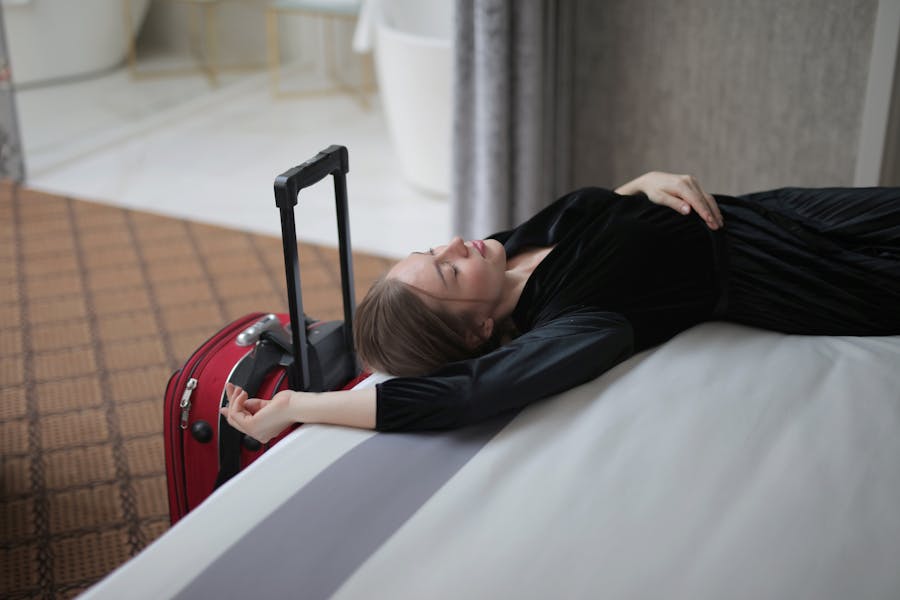
Leave a Reply